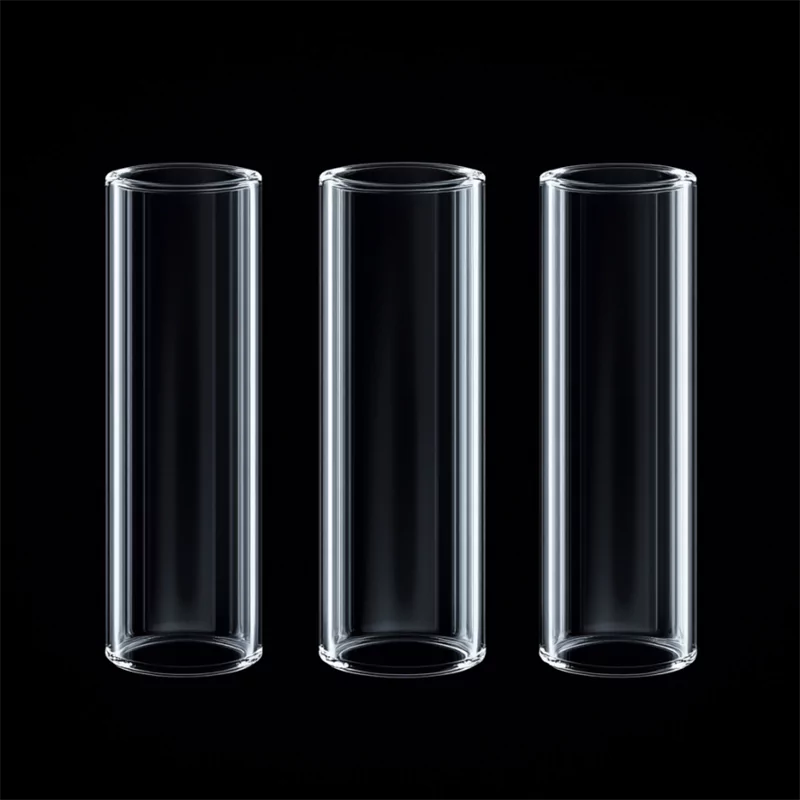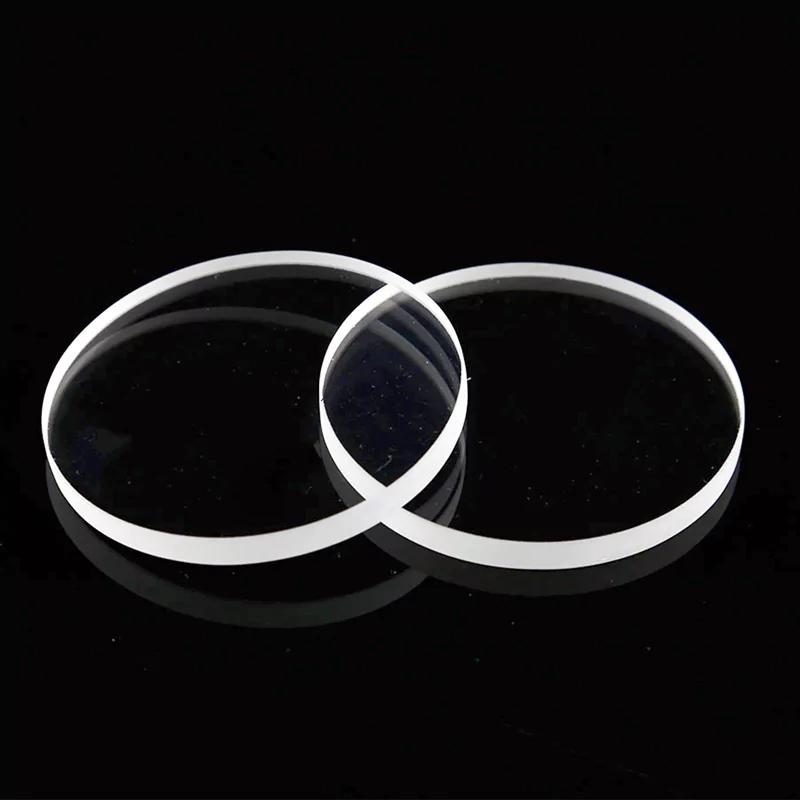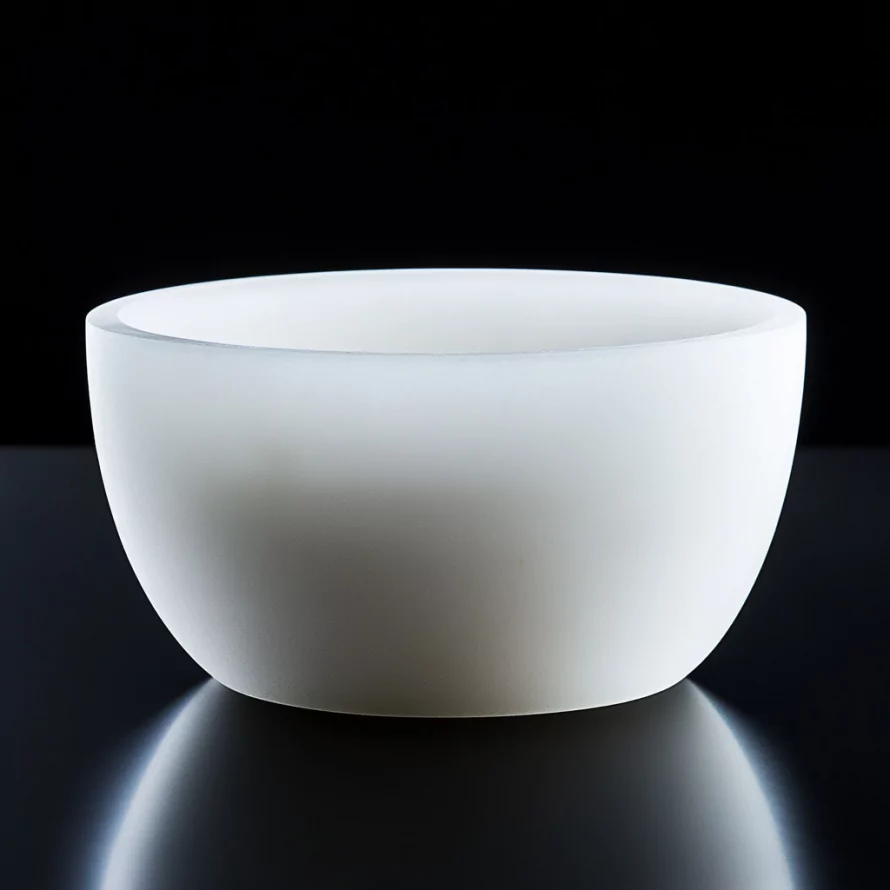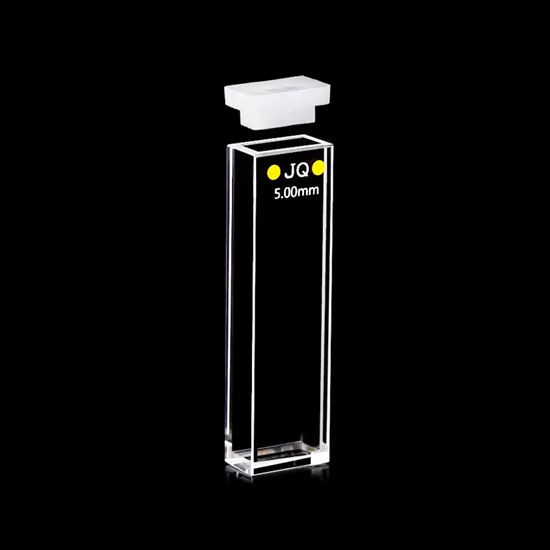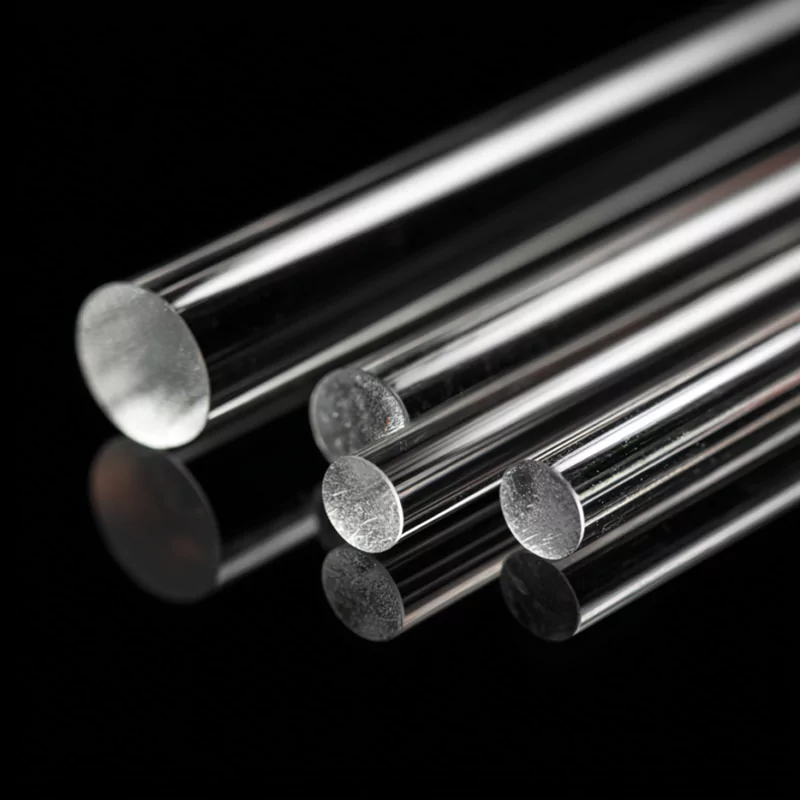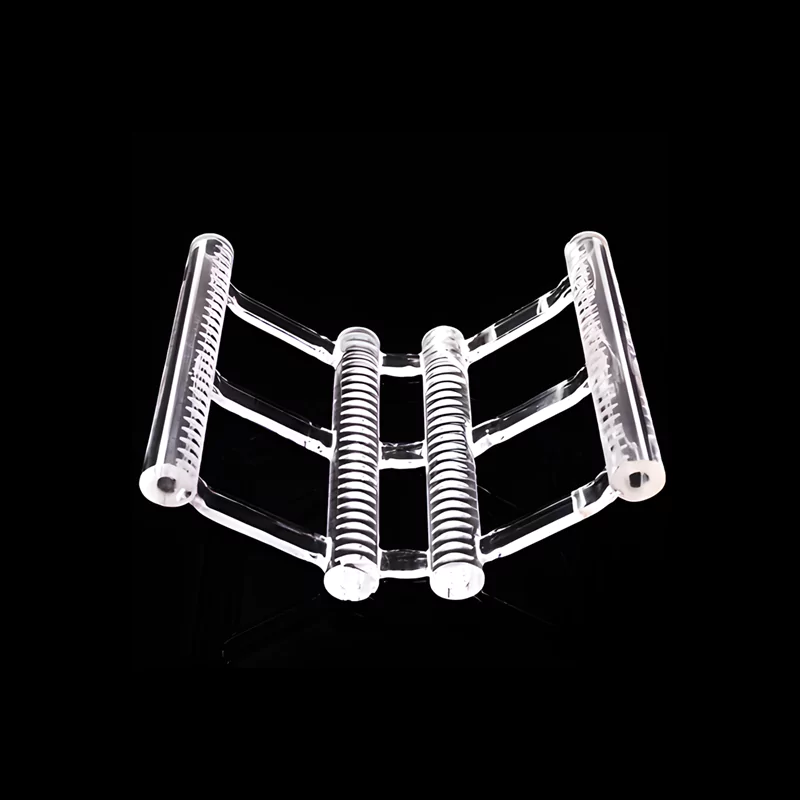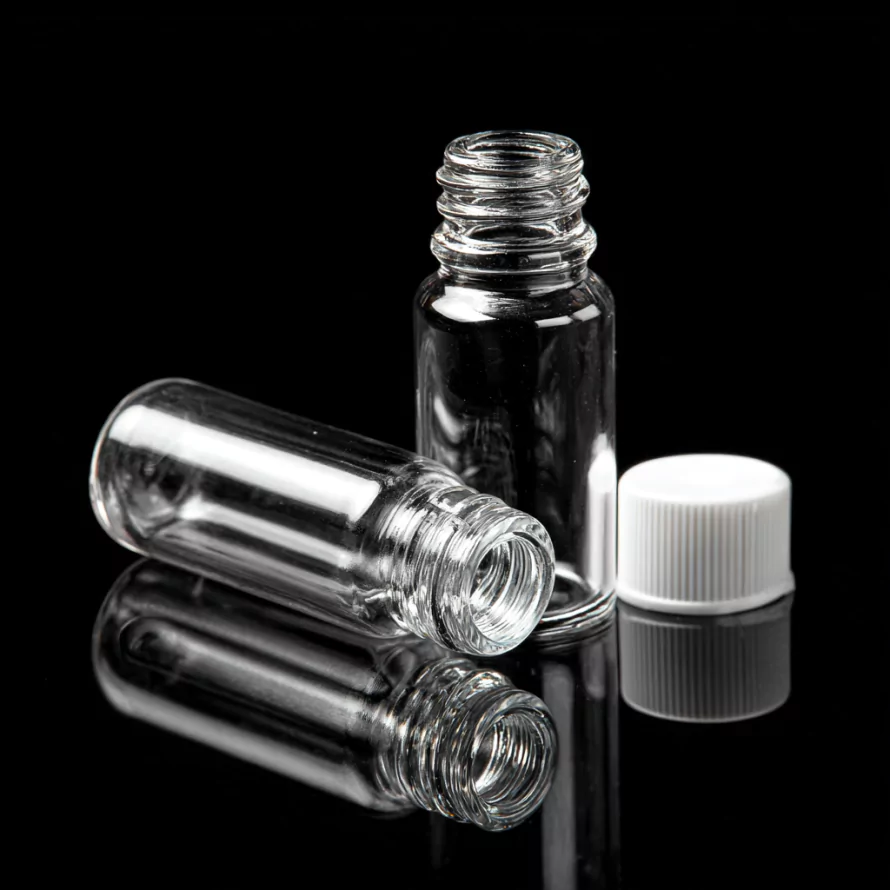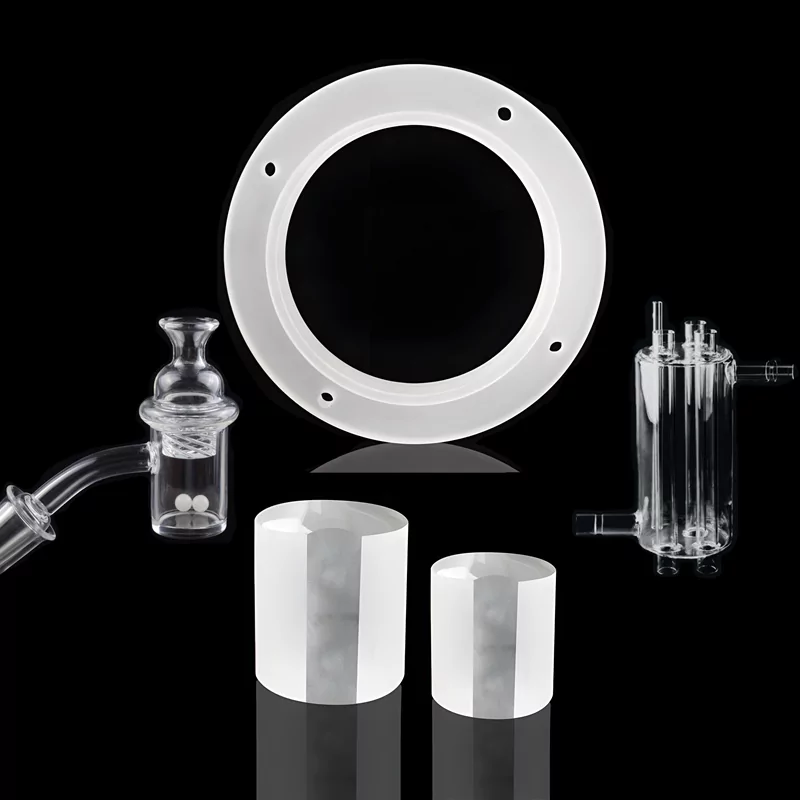
TOQUARTZ has pioneered precision customized quartz glass products engineered for lab, industrial, and optical excellence.
We supply the best quartz products without MOQ constraints, paired with rapid prototyping.
PRODUCTS
Contact Us For Any Question!
Phone: +86-19311583352
Whatsapp: +86-19311583352
Email: info@toquartz.com
Copyright © 2025 | All Rights Reserved.

